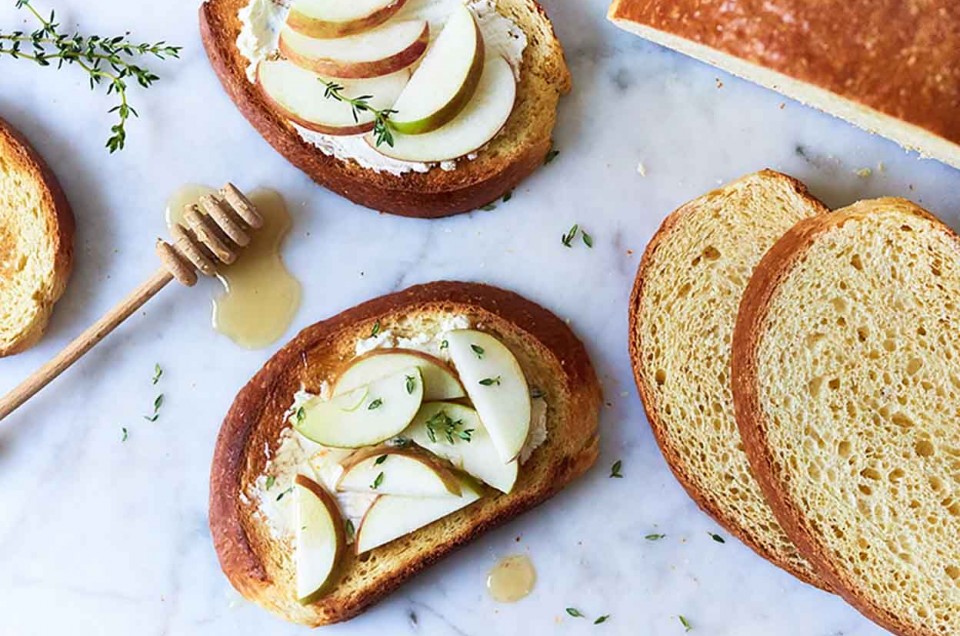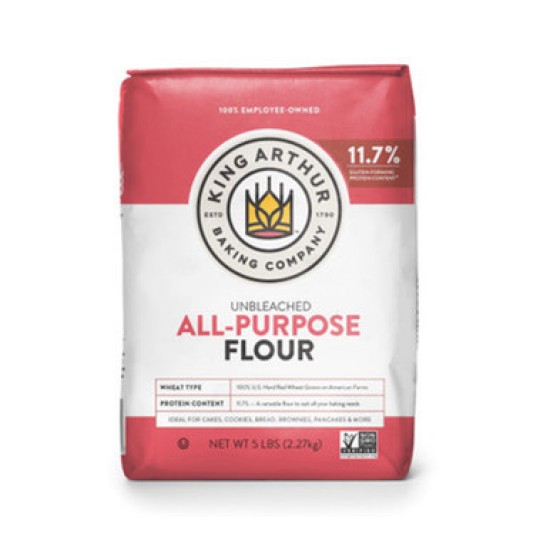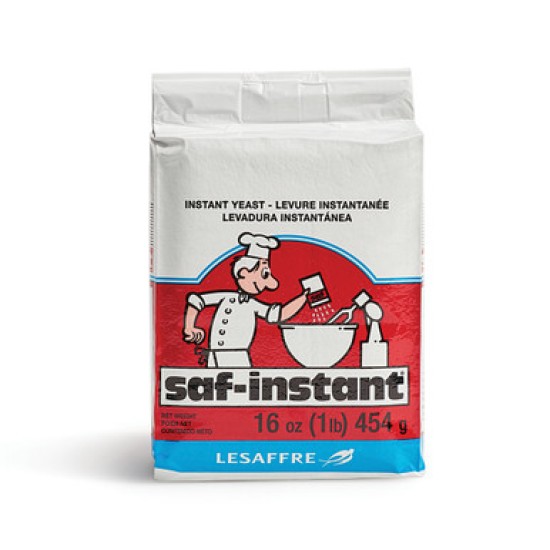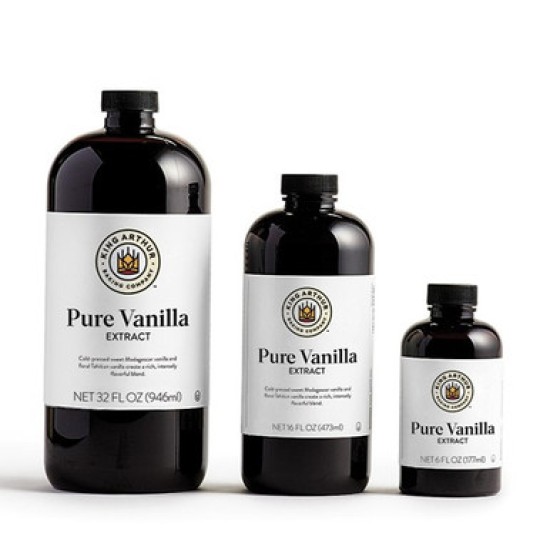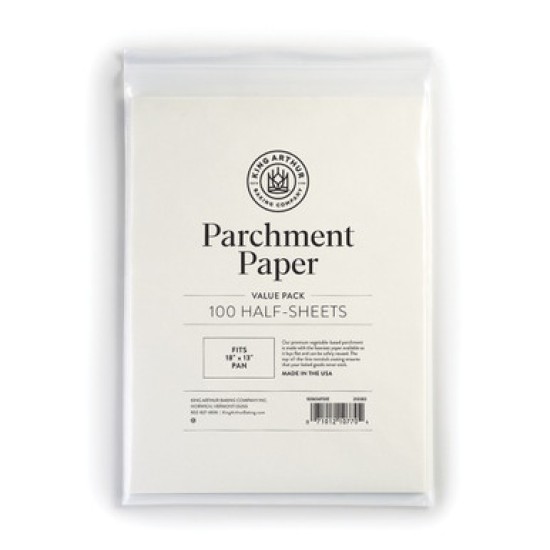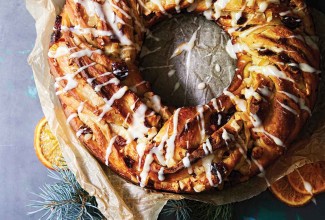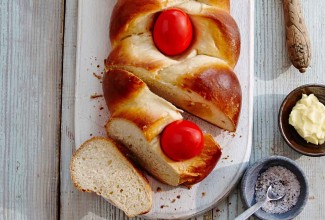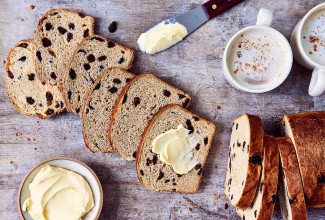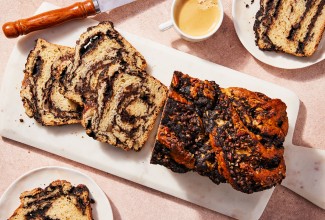-
Combine the milk, butter, sugar, and salt in a microwave-safe cup, or in a saucepan. Heat to lukewarm, stirring to soften the butter. Set aside.
-
Weigh your flour; or measure it by gently spooning it into a cup, then sweeping off any excess. In a mixing bowl, the bowl of your stand mixer, or the bucket of your bread machine, combine the flour, yeast, and lemon zest; stir to combine.
-
Add the milk mixture, stirring first to make sure the sugar and salt aren't left in the bottom of the cup or pan.
-
Add the eggs, yolk, and vanilla. Mix and knead until the dough is cohesive and smooth; it'll be very sticky at first. If you're using a stand mixer, beat with the flat beater for about 3 minutes at medium-high speed; then scrape the dough into the center of the bowl, switch to the dough hook, and knead for about 5 minutes at medium speed. It will have formed a ball somewhat, but will probably still be sticking to the bottom of the bowl. If you're using a bread machine, simply let it go through its entire cycle, and skip to step 6.
-
Lightly grease the mixing bowl or a large (8-cup) measure, round the dough into a ball, and place it in the bowl or measure. Cover, and let rise until very puffy, about 1 1/2 to 2 hours. If you're using a bread machine and the dough hasn't doubled in size when the cycle is complete, simply let it rest in the machine for another 30 to 60 minutes.
-
Lightly grease a 9" round cake pan, or a baking sheet. The round pan will make a somewhat taller loaf.
-
Gently deflate the dough, and round it into a ball. Place the ball in the pan or on the baking sheet, and tent the dough gently with lightly greased plastic wrap. Or cover it with the cover of your choice; we use clear shower caps here in the King Arthur test kitchen.
-
Let the loaf rise for about 2 hours, until it's nicely puffy. Toward the end of the rising time, preheat the oven to 350°F.
-
Mix the reserved egg white with 1 tablespoon cold water, and brush some onto the surface of the loaf; this will give it a satiny, mahogany-brown crust.
-
Bake the bread for 15 minutes, then tent it lightly with aluminum foil. Bake for an additional 20 to 25 minutes, until it's a medium golden brown and its internal temperature registers 190°F on a digital thermometer.
-
Remove the bread from the oven, and gently transfer it to a rack to cool. Cool completely before slicing.
-
Store for several days at room temperature, well-wrapped; freeze for longer storage.
